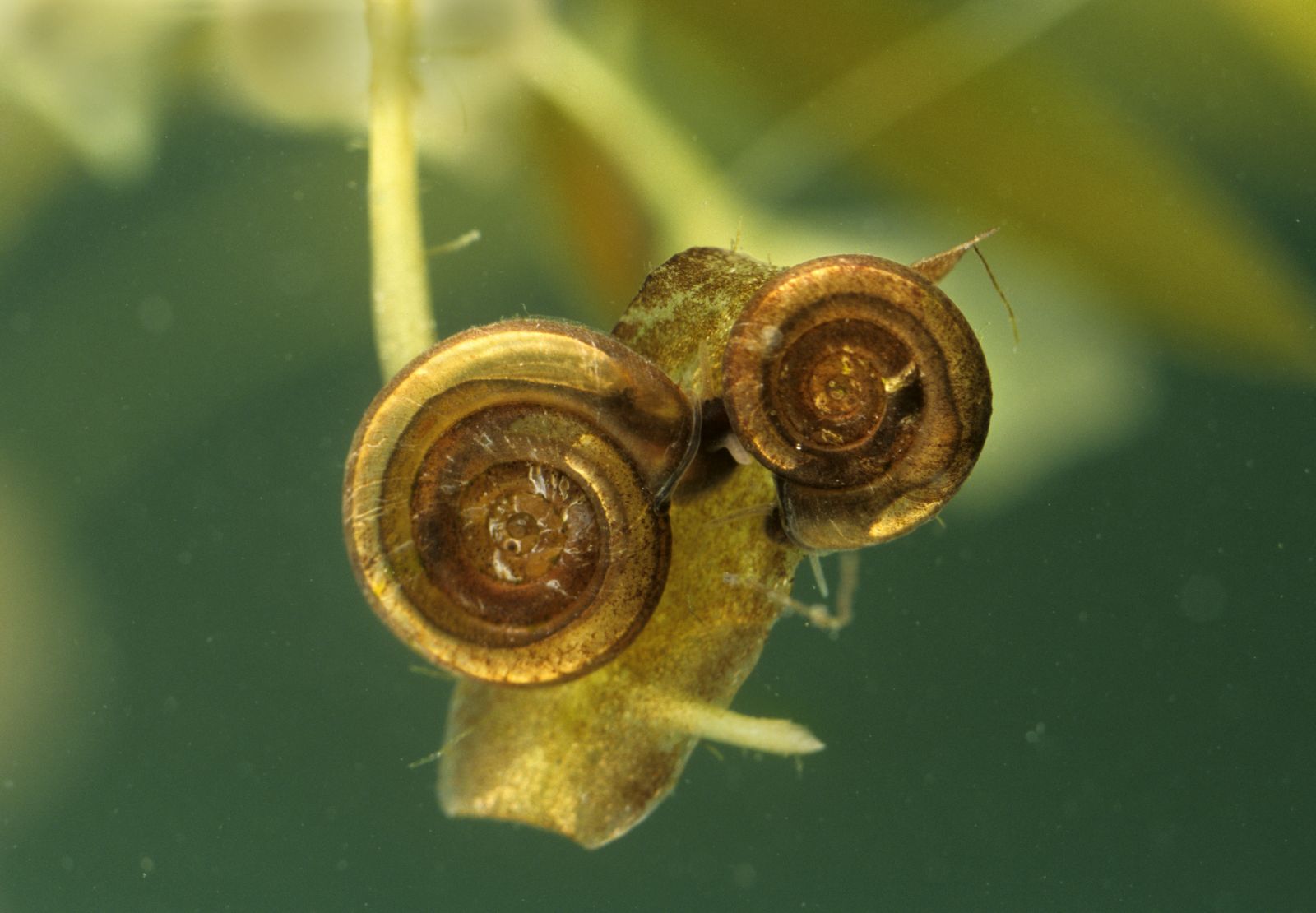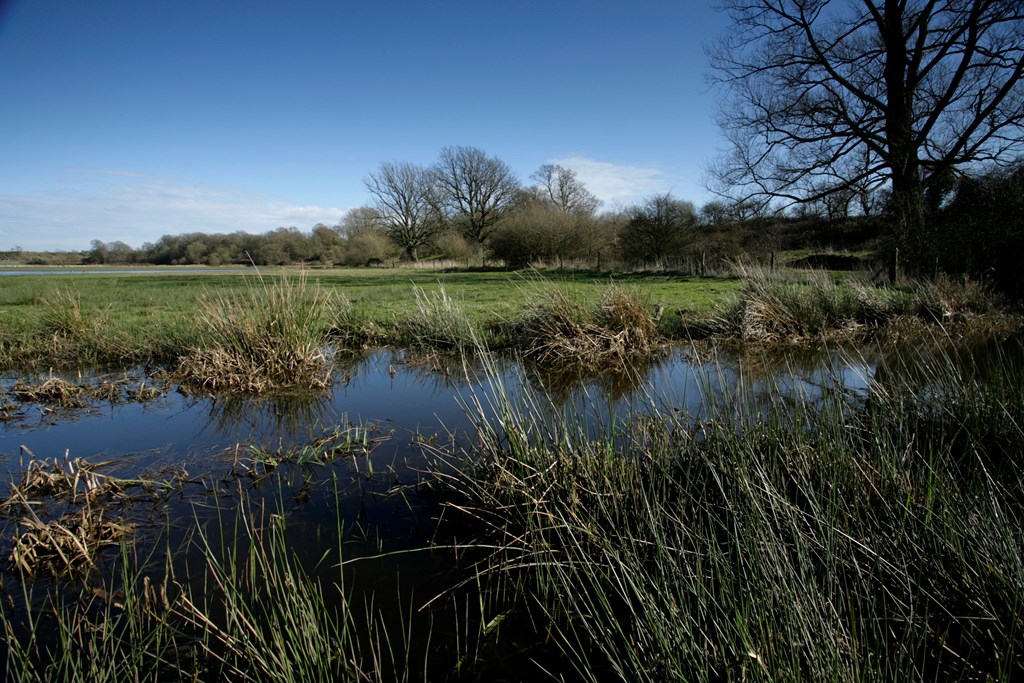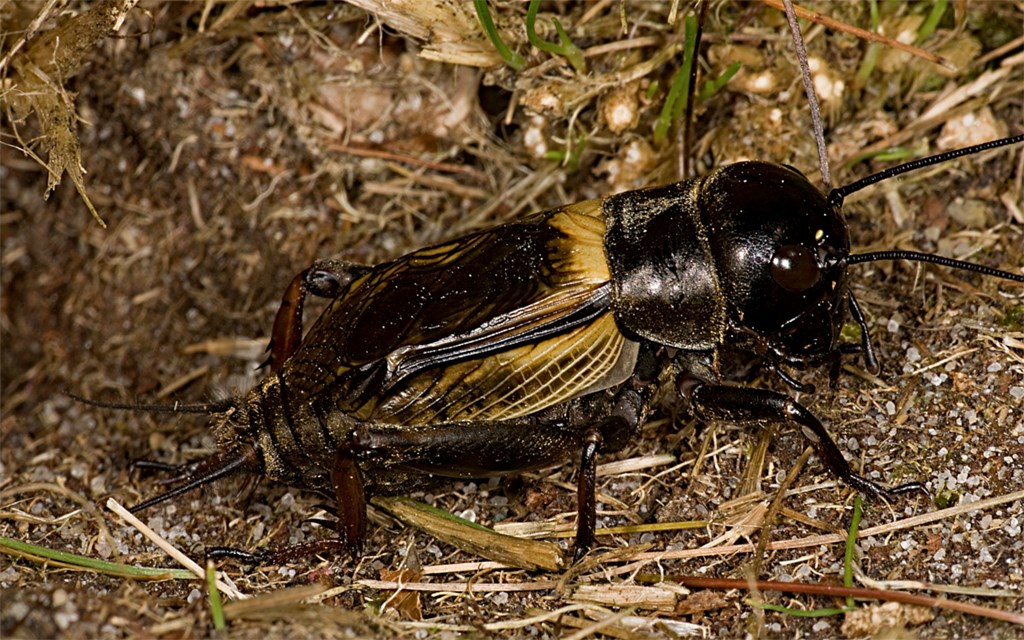Saving creatures great and small
29 June 2018
‘Small’ is certainly true for the Little Whirlpool Ramshorn Snail – the clue is in the name, which is considerably longer than the snail itself! Measuring at just a few millimetres wide, this wetland snail is also very threatened and is the UK’s only non-marine species of mollusc to be protected under European legislation. RSPB has been working to save one of the few remaining UK populations within the South Downs National Park.
The Little Whirlpool Ramshorn snail needs unpolluted, chalky waters such as marshland ditches, with just the right amount of vegetation. Once found in about 15 locations in England, it’s now largely restricted to just three; the Norfolk Broads, Pevensey Levels in East Sussex and Arun Valley in West Sussex.

Anisus vorticulus snails aka little whirpool ramshorn snails. Photo credit: Paul Sterry Nature Photographers Ltd
RSPB’s Pulborough Brooks reserve in the Arun Valley is host to one of the largest populations but the snails are present in only a limited area of the reserve, making the population very vulnerable. We fear changes such as pollution incidents and inappropriate ditch management could wipe the species out.
Thanks to an exciting new partnership project, funded by the Heritage Lottery Fund, called ‘Back from the Brink’ which aims to save 19 of the UK’s most threatened species, we are learning how to manage the important Arun Valley wetlands to support the snail and encourage it to spread.

Pulbourgh Brooks. Photo credit Andy hay (RSPB Images)
Favouring well vegetated ditches, the snail’s requirements aren’t fully compatible with the need to keep ditches open for water flow and to act as the wetland version of fences. So we’re creating some alternative habitat in the form of spurs off the ditches. These can be allowed to vegetate up and won’t be required for water flow or as ‘wet fences’. We’re also trialling several ways of managing ditches to find methods that are good for landowners, the other wildlife and the snail.
Another problem is the presence of carp in the ditches. These unwelcome guests have been washed in from the adjacent rivers when the flood banks have over-topped. They dig into the mud which stirs up the sediment and makes the water cloudy and unsuitable for the snail. Little Whirlpool Ramshorn snails like clear water which warms up quicker than cloudy water. They also need well oxygenated water with submerged plants and these don’t grow in cloudy water as there isn’t enough light. We have removed lots of carp from sections of ditch including several mirror and koi carp. We’re hoping this helps the water conditions improve so the snail can colonise more ditches.
To make the snail less vulnerable to accidents, we want to move it to other parts of the reserve where some existing dead-end ditches are developing the right sort of conditions. We hope we can move the snails next year. All this has to be done under licence as the snail is a European Protected Species.
And what about ‘Great’? Well another of our Back from the Brink threatened species is pretty cool and we’re conserving that in the South Downs National Park too. Familiar to Gilbert White of Selbourne fame, the Field Cricket is a chunky, black or brown cricket with striking yellow wing-bases. They can’t fly but can walk up to 100m a day. The males make a loud chirruping call to attract a mate; the call you might have heard when on holiday in Northern France or in the Pyreneees.
 Field cricket. Photo credit: Rowan Edwards (RSPB images)
Field cricket. Photo credit: Rowan Edwards (RSPB images)
This cricket was never widely dispersed and was only known from grassy heathland in Surrey, Sussex and Hampshire. Their habitat has been greatly depleted by forestry and other land use changes, and in the 1980s fewer than 100 individuals were left, all at a single site in West Sussex. After many years of conservation to restore heathland and reintroduce crickets, there are now six populations, most within South Downs National Park, but they are still very isolated and vulnerable. So we are trying to join up the patches of habitat to make it easier for the crickets to spread and are releasing them to sites where they would not be able to colonise naturally, such as Pulborough Brooks.
To learn more about either species and the events that are planned, please visit https://naturebftb.co.uk and https://www.rspb.org.uk/reserves-and-events/reserves-a-z/pulborough-brooks/
Jane Sears, RSPB Senior Reserves Ecologist

